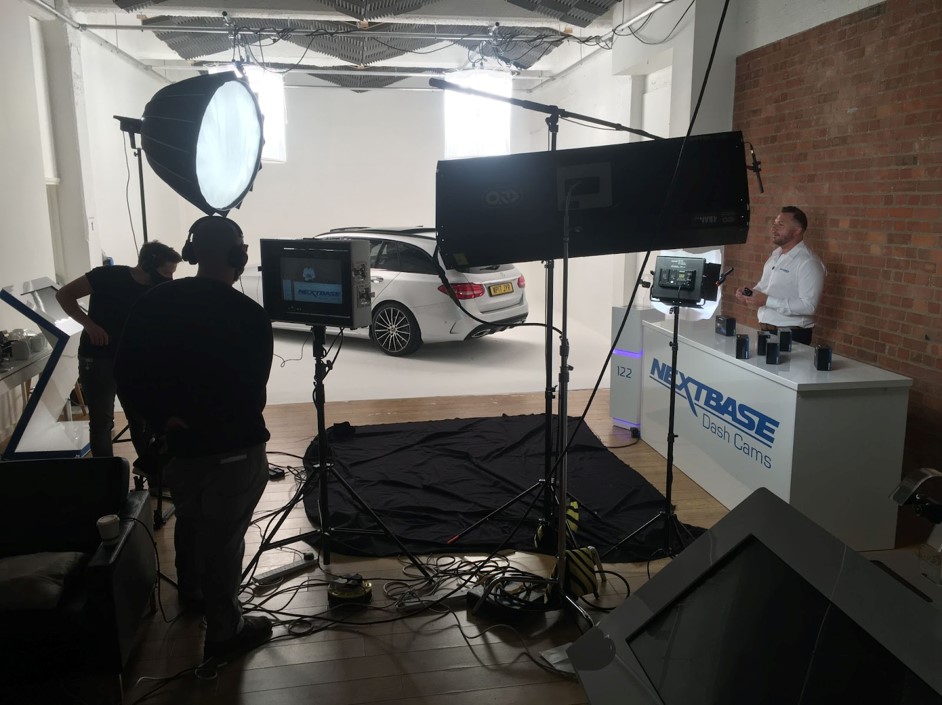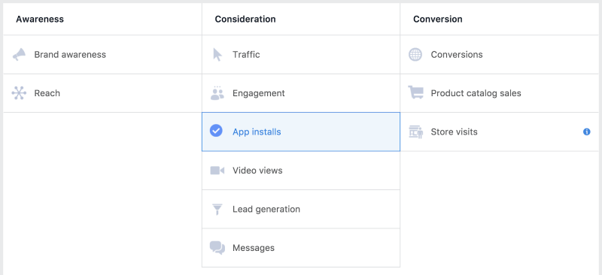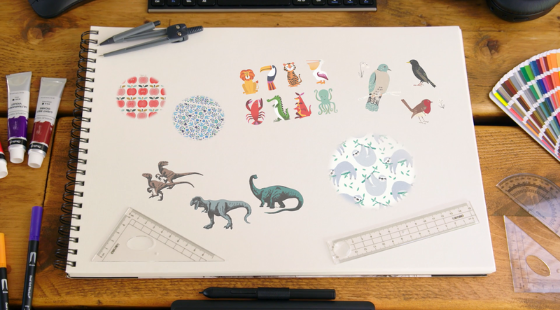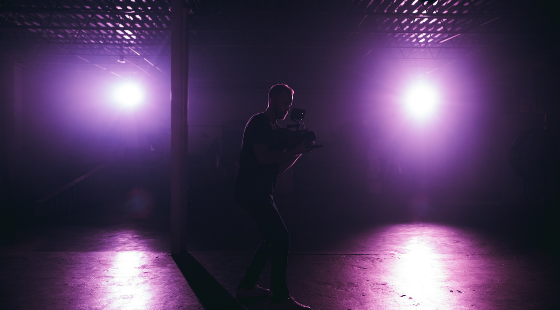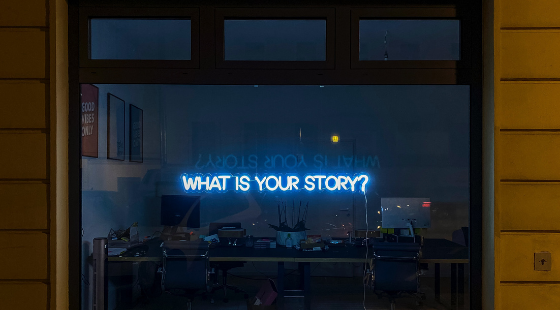Interested in learning film and video production in London but not sure where to start your search? London is one of the top places in the world to learn film skills, and there are a wide variety of courses to choose from – from screenwriting to cinematography, directing to motion graphics. We know it can feel a bit of a minefield trying to choose the one that’s right for you, so the Small Films team has whittled down the list so you don’t have to. So if you’re looking for a top school for film and video production in London – look no further.
London Metropolitan University
Course: Film & Television Production – BA Hons
Touted as a production-focused course for budding filmmakers, the London Met’s course will give the chance for students to produce a wide variety of film and television productions. Ranked second in London for overall student satisfaction (according to the National Student Survey), they also have award-winning lecturers with a wealth of experience under their belt. Alongside practice and production modules, the course also includes the topics ‘Holywood and Politics and ‘Scripting performance for screen’.
Course duration: 3 years
Cost of course: £9,250 per year
Course location: Holloway Road, London
Kingston University, London
Course: Filmmaking BA Hons
The Kingston University course is a solid option to set you up in the creative industry. Both individually and in groups, you’ll learn the practical side of filmmaking, taught through a range of approaches, including workshops, field trips and guest lectures. Students will learn across both digital and analogue, and learn to shoot, process and scan 8mm and 16mm film whilst also having access to the animation facilities. The course is split into six filmmaking practice modules, with modules also on critical issues and independent film.
Course duration: 3 years
Course location: Kingston School of Art, Knights Park, Grange Road, Surrey KT1 2QJ
Cost of course: Home, £9,250 per year, International: £50,000
University of East London
Course: Film, BA Hons
This University of East London course prides itself in teaching both practical modules and theory, helping students with all aspects of film, from screenwriting to cinematic history. The foundation year covers elements such as learning how to create visual, oral and written narratives for all kinds of media. The following years touch on European and World Cinemas and Film History topics. In each year of the course, students will make their own films, ranging from documentaries to fiction. To round off their learnings, in their final year, students’ final work will be screened at a special cinema in London.
Course duration: 3 years
Course location: Docklands Campus, London, E16 2RD
Cost of course: £9,250 per year
Greenwich University
Animation, BA Hons
Covering both 2D animation and 3D animation through to storytelling and technical computing skills, this course sets up its students for careers in games, VFX, film and television. Across the three years, modules cover animation principles, experimental studio practices and design and modelling. The course can also be taken in sandwich mode, meaning that students can go and work in the industry between their second and final years.
Course duration: 3 years
Course location: 10 Stockwell Street, Greenwich, London SE10 9BD
Course cost: TBC for 2023
London Film School
MA Filmmaking
The MA in Filmmaking is an intensive course across two years that will train students professionally. Students will hone their skills in a variety of filmmaking techniques across cinematography, directing, production design, editing, producing and sound credits. Each term, students will make a new film, with these films often showcased at key film festivals. The quality of their teaching is so high that Sam Mendes stated that “LFS is a true original – a place full of invention and passion and love of film”.
Course duration: Six terms
Course location: 24 Shelton Street, London, WC2H 9UB
Course Cost: £30, 417
London Film Academy
BA Hons Filmmaking
The London Film Academy BA Hons in Filmmaking is a two-year course that will give students an understanding of techniques from script to screen. The film school has small class sizes to encourage an excellent staff-to-student ratio. The training is highly hands-on, teaching across disciples including Screenwriting, Directing, Cinematography, Production (including Production Design), Sound, Editing and 1st Assistant Directing
Course duration: 2 years
Course location: London Film Academy. 52a Walham Grove, Fulham, London, SW6 1QR
Cost of course: £21,000 per year
Raindance Film School
HND Level 5 in Filmmaking
This higher national diploma in filmmaking gives students the opportunity to progress to a top-up BA or to go straight into the film industry. The course is split into year one foundation and year 2 specialisation. Year one includes modules such as Professional Practice, Light & Sound and Film & Television Practices. Year two gives a chance for students to develop their skills further and tackle projects around Drama, Documentary and Audio Techniques.
Course duration: 2 years
Course location: Raindance Film Centre, 10a Craven Street, London, WC2N 5PE
University of Westminster
Film, BA Hons
Based on the Harrow campus in London, this course places an emphasis on group work. So well renowned is the course that students have regularly won awards, including Student Academy Award, Royal Television Society Awards and a Grierson Best Student Documentary Award. Students will learn about creativity, collaboration, visual effects, and animation during their first year. Year two covers Contemporary Television Drama and Camera and Lighting Skills. There is also an option to take a year-long placement between their 2nd and final year.
Course duration: 3 – 4 years
Course location: Watford Road, Northwick Park, HA1 3TP
Cost of course: £9,250 per academic year
Goldsmiths, University of London
MA, Film & Screen Studies
The Goldsmiths MA in Film & Screen Studies offers two pathways to their students. A Moving Image Studies Pathway and a Media Arts Pathway. Made up of two compulsory modules, an optional module and a dissertation, students will learn about the Archaeology of the Moving Image, Experimental Media and Politics of the Audiovisual.
Course duration: 1 year full-time or 2 years part-time
Course location: Goldsmiths, University of London, New Cross, London, SE14 6NW
Cost of course: Full-time: £9,260, Part-time: £4,630, International – full-time: £18,290
Central Film School
Practical Filmmaking (BA Hons)
This course focuses on the fundamental skills required for a film’s pre-production, production and post-production and takes the form of a two-year accelerated degree. This is a really hands-on course, as students get to grips with areas including editing and continuity, camera operating and production design. One of the modules even supports students with how to direct experienced screen actors.
Course duration: 2 years full time
Course location: Central Film School, 72 Landor Road, SW9 9PH
Cost of course: £22,200 degree, £41,500 international students
City Academy Film School
Filmmaking Foundation
The City Academy is another great option for those looking for a less theoretical and more hands-on practical film course. Spread across ten weeks, the course kicks off with camera operating and lighting and moves through video editing and pre-production to publishing and screening. Perfect for those looking for a part-time schedule, the course takes the format of 2.5-hour weekly sessions.
Course duration: 10 weeks
Course location: City Academy, 38 Rosebery Avenue, London, EC1R 4RN
London Screen Academy (Sixth Form Academy)
Film & Television
Geared towards students aged 16 – 18, this course is equivalent to three A Levels. In their first year, students will choose whether they go into technical, post-production or craft. In year 2, students can refine their specialism within their chosen pathway.
Course location: LSA, Ladbroke House, 62-66 Highbury Grove, Islington, London, N5 2AD
Course duration: Dependent on the course
Ravensbourne University London
BA (Hons) Motion Graphics
This three-year course is ideal for designers that want to work across animation, video production and graphic design. Students will learn across techniques including 2D, 3D and experiential design, as well as the history, context and future of motion design. Students will be taught in software such as After Effects and Cinema 4D
Course duration: 3 years
Course cost: UK: £9,250, International: £16,500
Course location: Ravensbourne University London, 6 Penrose Way, Greenwich Peninsula, London, SE10 0EW
National Film and Television School: NFTS
Cinematography
The only specialist MA in cinematography in London and the UK, the course combines both creative expression and technical expertise. Working together as groups, students will shoot a range of live-action and animation films. The school has some super-talented alumni, with films from previous students shortlisted for Oscars, and BAFTA-winning, as well as featured on Sky, Channel 4 and Granada.
Course duration: 2 years
Course cost: Home £14,800, International £26,000
Course location: NFTS London, Film and TV Charity, 22 Golden Square, West End, London, W1F 9JW
MetFilm School
BA (Hons) Content, Media & Film Production
In this course, students will learn to deliver a wide range of types of content, from viral videos to branded content and fictional TV series to social impact filmmaking. As a hugely well-renowned course, students will benefit from the practical hands-on approach, the expertise of the teachers (professionals active in the media industry) and working to a real-life brief from an industry partner.
Course duration: 3 years
Course cost: £9,250 per year
Course location: MetFilm School London, Ealing Studios, Ealing Green, London, W5 5EP
About Small Films
Small Films is a video production company in London specialising in product videos, brand films, testimonial videos and more. We work with some of the best brands in the UK and are always looking for the best talent in the industry. If you’d like to speak with one of the team, do get in touch.






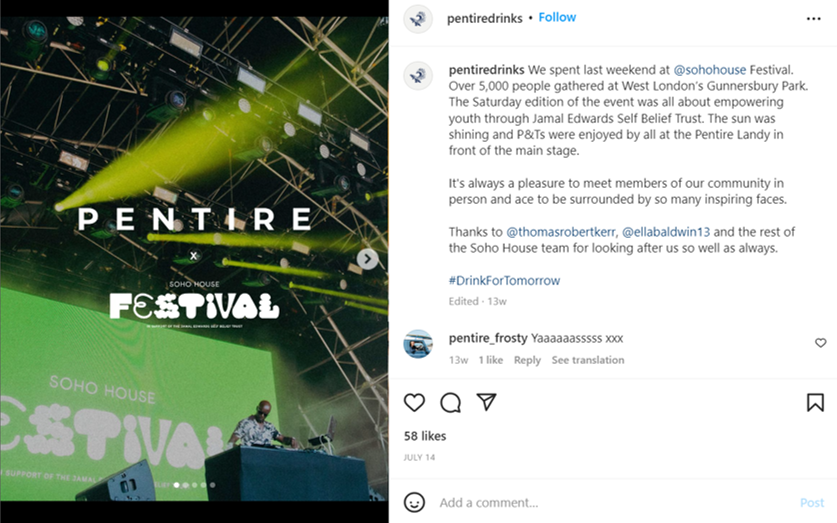
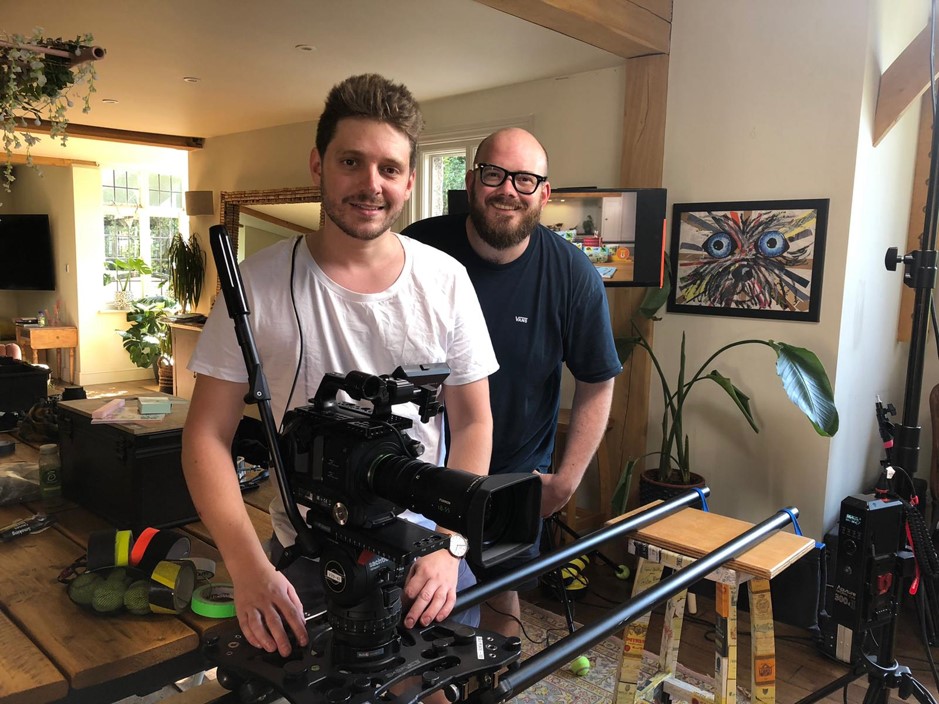
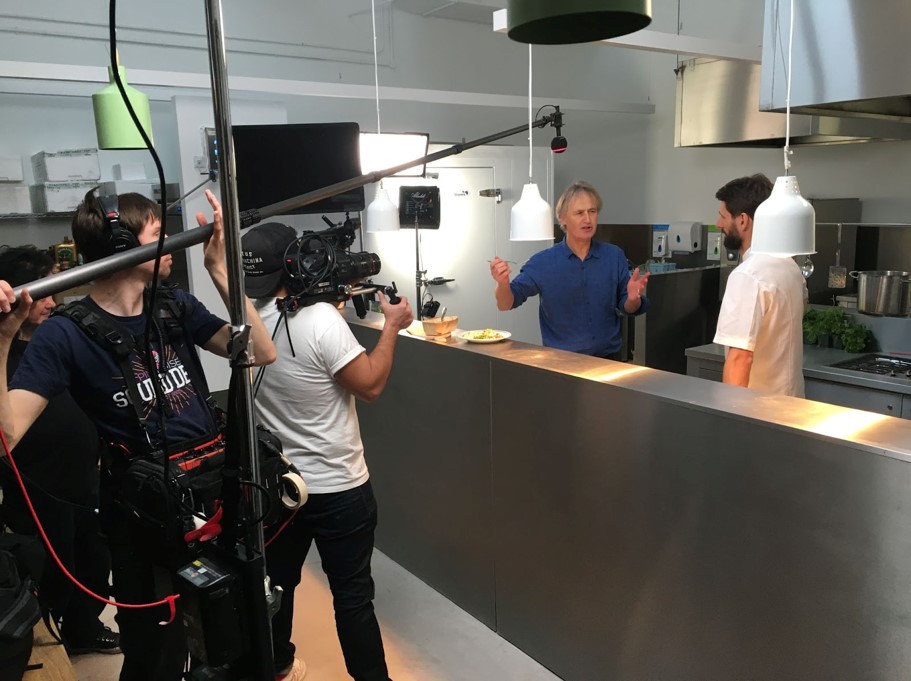 The Small Films team out shooting with Charlie Bigham and his delicious meals.
The Small Films team out shooting with Charlie Bigham and his delicious meals. 